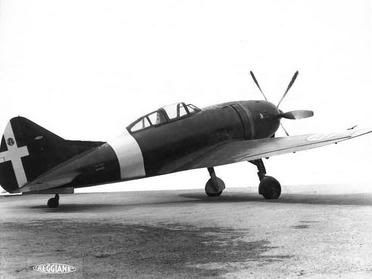You are not logged in.
Dear visitor, welcome to WesWorld. If this is your first visit here, please read the Help. It explains in detail how this page works. To use all features of this page, you should consider registering. Please use the registration form, to register here or read more information about the registration process. If you are already registered, please login here.
Quoted
Originally posted by Red Admiral
The last year has seen the completion of the first major dams along the Abbay in Ethiopia. Started with Italian capital and internal funding, currently three are planned as the Abbay snakes it’s way down from the Ethiopian highlands. The dams themselves are more for irrigation and resilience than power supply, although power will be available for limited applications.
Quoted
Originally posted by Brockpaine
Nice to hear some news from Italy.
Will the new longer range airliner be based on the Atlante, or a whole new design?
Quoted
Just a point of information, what has been the impact of the dams on the total outflow of the Abbay/Blue Nile?


This post has been edited 1 times, last edit by "Red Admiral" (Jul 28th 2011, 9:18pm)
Quoted
Originally posted by Red Admiral
He's the historical chap and inventor of the modern snorkel. His AIP work is discussed in Warship a few years ago, and some Italian publications - and was used on three Italian submarines during WW2.
Forum Software: Burning Board® Lite 2.1.2 pl 1, developed by WoltLab® GmbH
